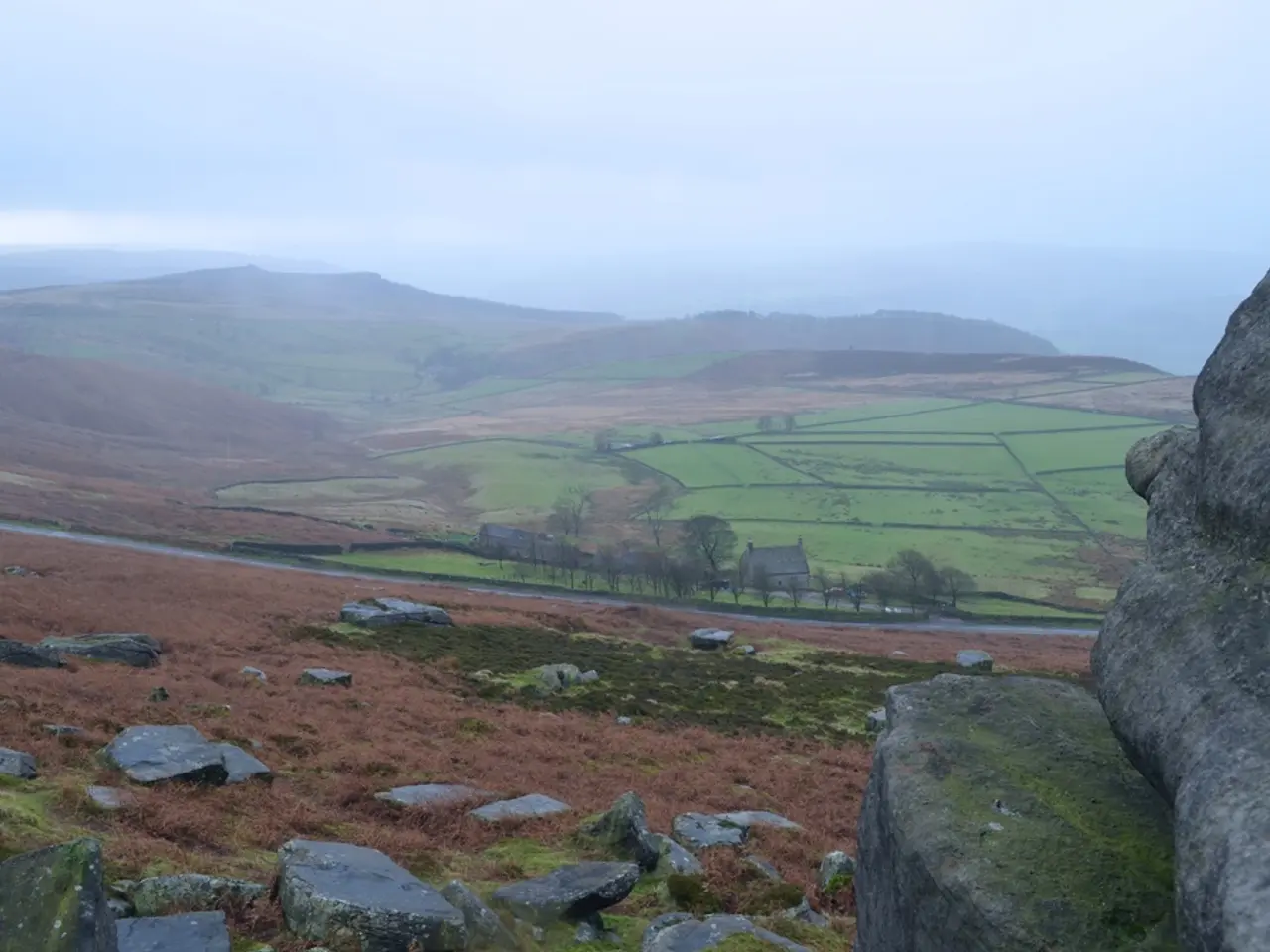East Coast of Tanzania, referred to as Swahili Coast
Tanzania's coastal region, a destination still in the balance, offers a unique blend of potential for growth and the risk of negative impacts. This pristine area, popular as a tourism hotspot in Africa, faces several challenges that need to be addressed for sustainable development.
Inadequate infrastructure, political corruption, and poor waste management are some of the challenges hindering the growth of Tanzania's coastal tourism industry. Visitor concerns such as inadequate road networks, hotel facilities, and public cleanliness indicate the urgent need for improvements to enhance the tourist experience along the coast and nearby circuits.
The upcoming AFCON 2027 tournament is driving infrastructure investments, including upgrading stadiums, roads, and accommodations, which could benefit the coastal tourism regions by improving accessibility and attracting more visitors. However, political corruption, while not explicitly detailed in recent reports, remains a structural risk that can undermine sustainable tourism by misallocating resources and weakening governance of conservation and heritage protection.
Environmental impacts are also a significant concern due to climate change, habitat degradation, and pressures from over-tourism in some circuits. These threats jeopardise biodiversity and coastal ecosystems crucial for eco-tourism. Enhanced conservation efforts and sustainable practices integrated into development plans are essential to address these challenges.
Protection of cultural heritage is another critical dimension. Community-based tourism (CBT) offers significant opportunities by involving local communities as owners and managers of tourism enterprises. Strategic integration of CBT with clear guidelines, capacity building, and public-private-community partnerships can promote inclusivity, preserve cultural identities, and improve sustainability.
Bagamoyo and Kilwa, unique cultural heritage sites located on Tanzania's coastline, are testament to the rich cultural heritage that the region has yet to fully capitalise upon. The Tanzanian government is pushing for expansion beyond safari tourism, recognising the potential of the coastal region for sustainable tourism development.
Regional collaboration, as seen in joint efforts between Tanzania and Kenya to promote iconic attractions like the Great Wildebeest Migration, enhances global visibility and attracts international tourists interested in authentic and immersive experiences, which aligns with sustainability goals.
In summary, sustainable tourism on Tanzania’s coastline hinges on leveraging infrastructure upgrades linked to major events and regional cooperation, strengthening governance to combat corruption and preserve cultural and natural assets, and promoting community-centered models that balance economic growth with environmental and cultural sustainability.
- To preserve Tanzania's unique cultural heritage and foster sustainable tourism development, community-based tourism (CBT) can be strategically integrated with clear guidelines, capacity building, and public-private-community partnerships.
- The environmental impacts from climate change, habitat degradation, and over-tourism in certain circuits pose a significant threat to biodiversity and coastal ecosystems vital for eco-tourism, and enhanced conservation efforts and sustainable practices are essential to address these challenges.
- The upcoming AFCON 2027 tournament, along with regional collaboration between Tanzania and Kenya, can drive infrastructure improvements and enhance global visibility for sacred sites like Bagamoyo and Kilwa, helping to attract more international travelers seeking authentic experiences while aligning with sustainability goals.




